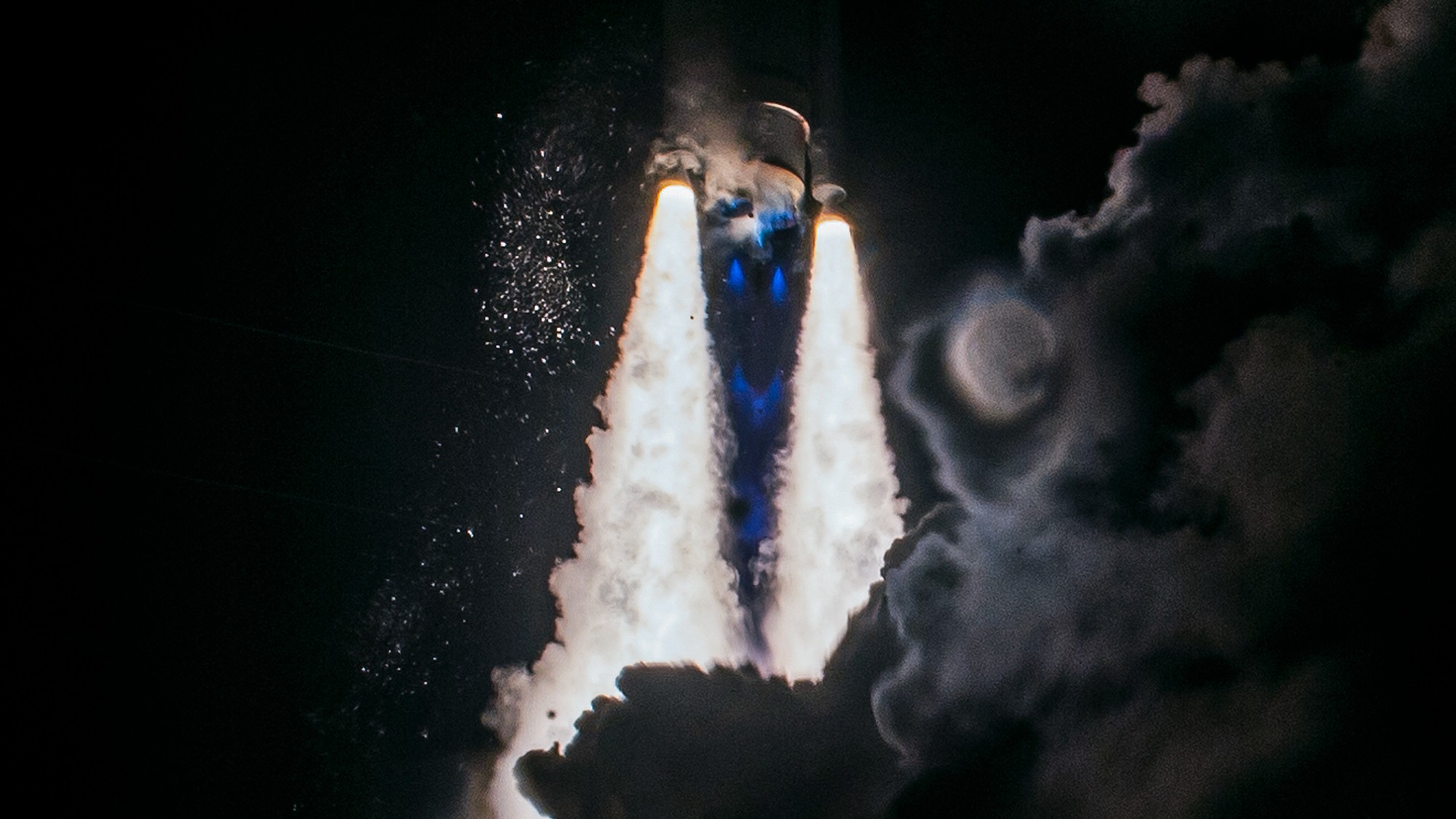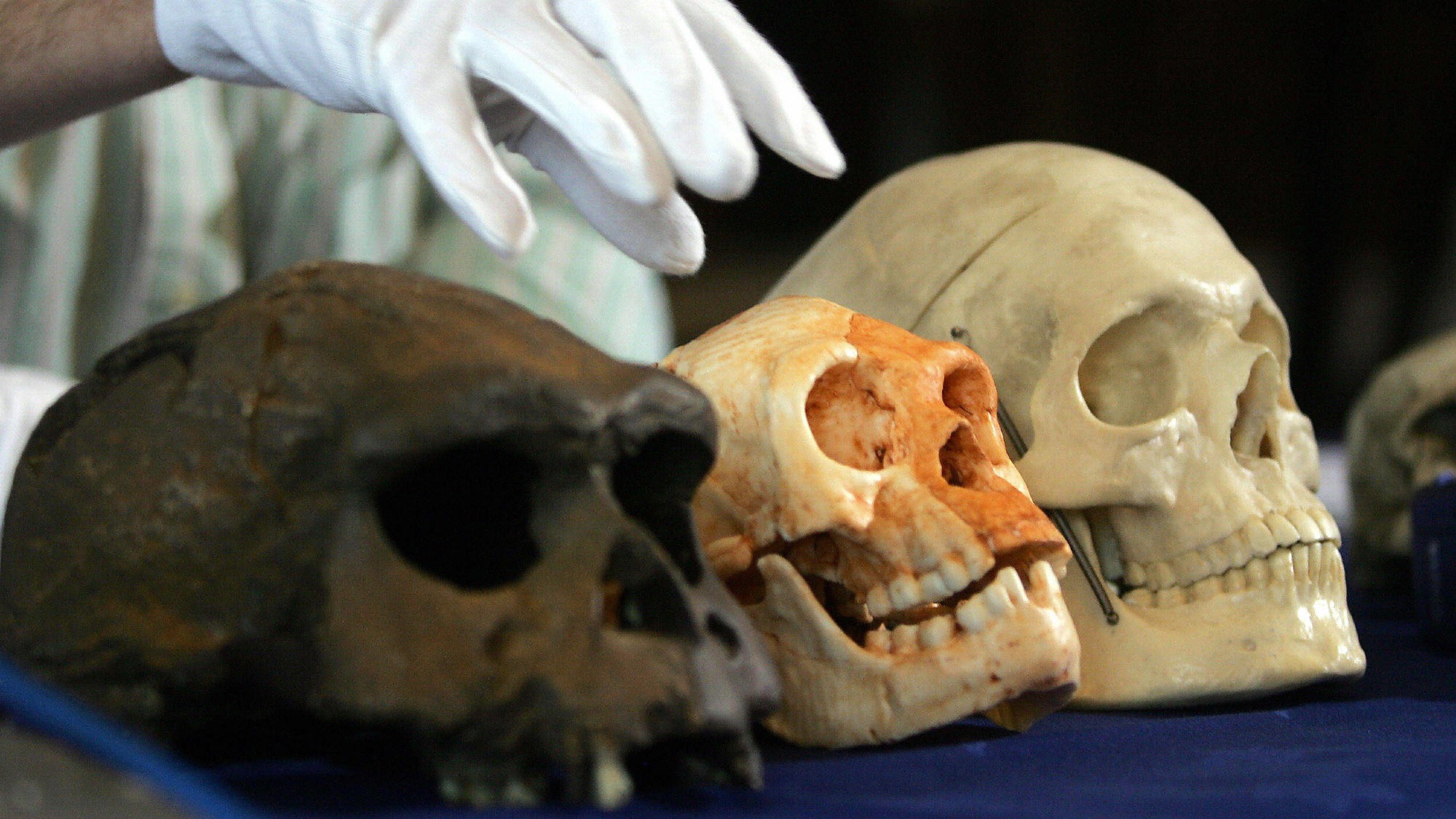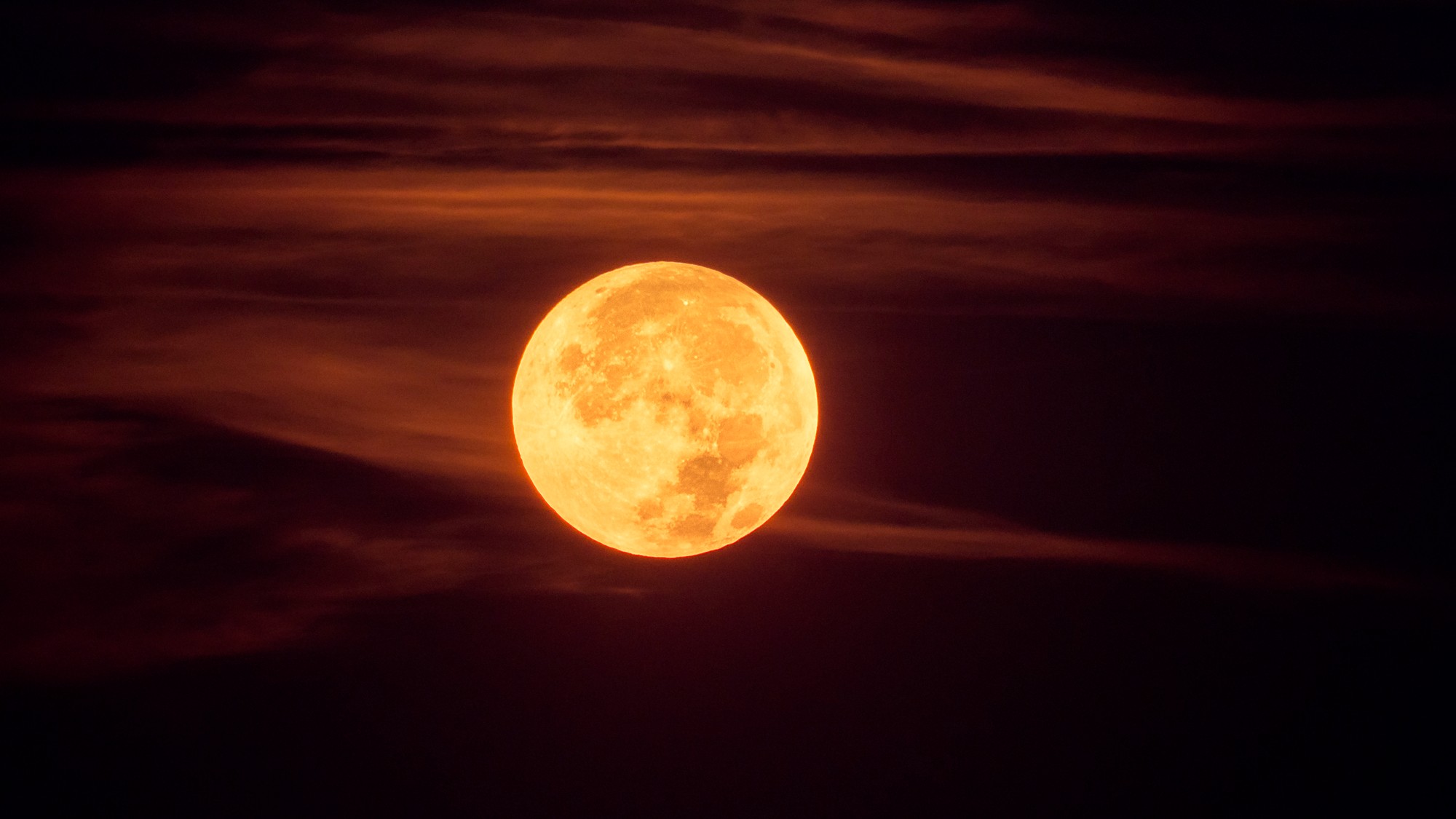The first moon lander launch in decades almost didn't happen
5, 4, 3, 2 … drama


The U.S. recently launched what would have been its first commercial lunar lander since 1972, a flight that nearly stopped before it started. After a successful launch in January, the Peregrine lander was set to land on the moon's surface in February 2024. Part of the plan was for the rocket to deposit some human remains on the moon after landing. This sparked sufficient backlash to nearly ground Peregrine for good.
What was the goal?
Multiple nations have their sights set on implementing a base on the moon in a new era space race, which could be instrumental in claiming resources and setting up communications. As such, NASA funded the private company Astrobotic Technology, along with another company, Intuitive Machines, to develop lunar landers that would deliver technology to the moon. These landers would also make private deliveries before astronauts are sent spaceward. Astrobotic's lander, Peregrine, was launched into space on January 8, 2024, using a new rocket called the Vulcan Centaur. (Intuitive Machines' lander is expected to launch next month using a rocket developed by SpaceX.)
Private landers are instrumental in aiding NASA's Artemis project, which aims to put humans back on the moon and establish a long-term presence there. Peregrine was equipped with data collection gear to relay information about the moon's surface back to NASA. In addition, the lander was aiming to land at the mid-latitudes of the moon while carrying five payloads to be deposited. The payloads contained NASA equipment, as well as items and materials from private companies. "American companies bringing equipment and cargo and payloads to the moon is a totally new industry," NASA deputy associate administrator for exploration Joel Kearns said in a press call.
The Week
Escape your echo chamber. Get the facts behind the news, plus analysis from multiple perspectives.

Sign up for The Week's Free Newsletters
From our morning news briefing to a weekly Good News Newsletter, get the best of The Week delivered directly to your inbox.
From our morning news briefing to a weekly Good News Newsletter, get the best of The Week delivered directly to your inbox.
What was the concern?
Part of the Peregrine's payloads included material from two space-burial companies, Celestis and Elysium, which, according to NPR, "allow people to pay to send their loved ones' cremated remains into the cosmos on what are called 'memorial spaceflights.'" The lander was set to deposit the remains of almost 70 people, including George Washington and John F. Kennedy, on the moon. This was a problem for the Navajo Nation. "The moon holds a sacred place in Navajo cosmology," Buu Nygren, president of the Navajo Nation, wrote in a statement. "The suggestion of transforming it into a resting place for human remains is deeply disturbing and unacceptable to our people and many other tribal nations."
Officials from the White House and NASA met with Nygren to discuss the objections from the Navajo Nation, one of the largest of the U.S.'s Indigenous groups. "We really are trying to do the right thing," John Thornton, the chief executive of Astrobotic, told The New York Times. "I hope we can find a good path forward with the Navajo Nation." Both the government and companies sending the remains to space decided the Navajo Nation's concerns weren't "substantive," Celestis CEO Charles Chafer told CNN, and the launch happened as planned.
Following the meeting, Nygren remarked, "They're not going to remove the human remains and keep them here on Earth where they were created, but instead, we were just told that a mistake has happened," and in the future, they're "going to try to consult with [us]." Kearns, NASA deputy associate administrator for exploration, added, "Those communities may not understand that these missions are commercial, and they're not U.S. government missions." In a rocket-powered bit of irony, the contested remains are not likely to make it to the moon anyhow. The spacecraft suffered a critical propellant loss from a fuel leak, precluding Peregrine from sticking its lunar landing.
A free daily email with the biggest news stories of the day – and the best features from TheWeek.com
Devika Rao has worked as a staff writer at The Week since 2022, covering science, the environment, climate and business. She previously worked as a policy associate for a nonprofit organization advocating for environmental action from a business perspective.
-
 Homo Floresiensis: Earth’s real life ‘hobbits’
Homo Floresiensis: Earth’s real life ‘hobbits’Under the Radar New research suggests that ‘early human pioneers’ in Australia interbred with archaic species of hobbits at least 60,000 years ago
-
 Homes by renowned architects
Homes by renowned architectsFeature Featuring a Leonard Willeke Tudor Revival in Detroit and modern John Storyk design in Woodstock
-
 Looming drone ban has farmers and farm-state Republicans anxious
Looming drone ban has farmers and farm-state Republicans anxiousIN THE SPOTLIGHT As congressional China-hawks work to limit commercial drone sales from Beijing, a growing number of conservative lawmakers are sounding an agricultural alarm
-
 Blue Origin launches Mars probes in NASA debut
Blue Origin launches Mars probes in NASA debutSpeed Read The New Glenn rocket is carrying small twin spacecraft toward Mars as part of NASA’s Escapade mission
-
 ‘The Big Crunch’: why science is divided over the future of the universe
‘The Big Crunch’: why science is divided over the future of the universeThe Explainer New study upends the prevailing theory about dark matter and says it is weakening
-
 The moon is rusting
The moon is rustingUnder the radar The Earth is likely to blame
-
 Panspermia: the theory that life was sent to Earth by aliens
Panspermia: the theory that life was sent to Earth by aliensUnder The Radar New findings have resurfaced an old, controversial idea
-
 Africa could become the next frontier for space programs
Africa could become the next frontier for space programsThe Explainer China and the US are both working on space applications for Africa
-
 NASA reveals ‘clearest sign of life’ on Mars yet
NASA reveals ‘clearest sign of life’ on Mars yetSpeed Read The evidence came in the form of a rock sample collected on the planet
-
 SpaceX breaks Starship losing streak in 10th test
SpaceX breaks Starship losing streak in 10th testspeed read The Starship rocket's test flight was largely successful, deploying eight dummy satellites during its hour in space
-
 NASA is moving away from tracking climate change
NASA is moving away from tracking climate changeThe Explainer Climate missions could be going dark
